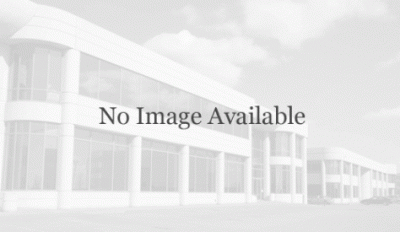Office and architect s dwelling on Boomgaardsstraat
Until recently, Boomgaardsstraat was a collection of residual urban spaces, wedged between Westblaak and Witte de Withstraat, the cultural axis of Rotterdam. When the municipality of Rotterdam and NSI investments gave permission to build over a side street and parking lot, an entire new street was made, with the insertion of just one building.
Except for the actual footprint (100m2), the 54-metre-long volume is only five metres deep and contains office space, a workshop and the architects dwelling, with a total surface of 800 m2. The brickwork façade expresses the split-level organization and the extreme storey heights. The setback precast columns articulate the structure of the building. Together with the slim aluminum frames of the glazed façade sections, it gives the building an industrial character. This is an allusion to the former 20th-century printing office on the other side of the street. The entrance area is emphasized by protruding precast concrete columns, while the openings of the roof garden, balance the composition of the facade. The side and rear of the building is covered with corrugated steel with narrow ventilation slits.
Situated next to the entrance, is a 5,5 metre-high workshop for the construction of scale models. A broad elevator provides access tot the office floors and the apartment above. The split level office floors are linked with stairs, creating one big space.
With the exception of the charcoal coloured slate floor, there is a total absence of finishing materials. The windowless rear wall is made of perforated steel sheeting which delivers good internal acoustics. The precast concrete ceiling, concrete beams and steel connectors are all exposed. The stair railing, together with all the furniture, is made from untreated steel. Because of all this, the architectural office feels more like a workshop or atelier than a standard office building. The entire top floor is used as a 220m2 dwelling, divided in two zones. The private zone contains a bath- and bedroom. The street side, quasi-public zone, contains a study and a 23-metre-long living room, that stretches onto a 18-metre-long private garden, with three plane trees pruned to a candelabra shape. Its an urban park where the architect can withdraw from the city.
This building shows respect to its contextual environment with a timeless architecture in combination with sustainable innovations. For example 14 pipes were driven 100 metres deep into the ground as part of a heating and cooling system, using the earths temperature as an efficient source. Also energy saving lighting is applied, together with a green roof on top.
Meanwhile Kühne & Co covered the nearby multi-story car park entirely with vegetation and already realised a similar building in the Boomgaardhof.
Thereby gradually transforming uncongenial backstreet areas into a pleasant urban space.









